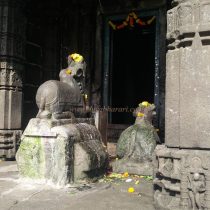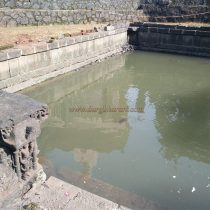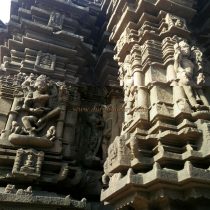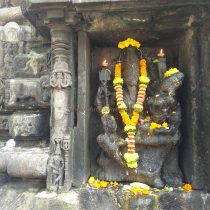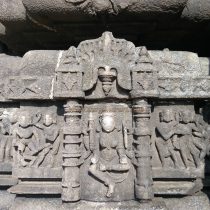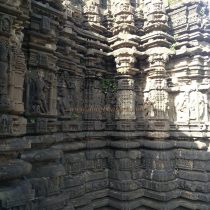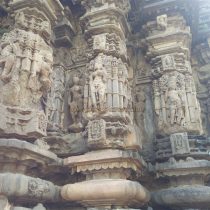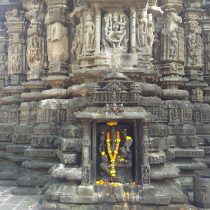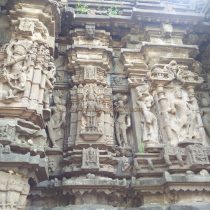AMBERNATH
TYPE : ANCIENT SHIVMANDIR
DISTRICT : THANE
Ambarnath.... This is a railway station on the Mumbai to Karjat suburban route of the Central Railway. However, Ambarnath is known for its ancient Shiva temple, which was constructed by the Shilahar kings of this region. The famous Shiva temple of Ambarnath was built during the rule of the Shilahar dynasty, who were followers of the Shaiva. During their reign, they constructed 12 exquisite Shiva temples in their territory, and among them, the Shiv temple of Ambarnath still stands as a testament to their existence. The temple houses a variety of sculptures and artworks, showcasing a harmonious blend of sculpture and architecture. The main deity in the temple is known as Ambreshwar, and the city gets its name Ambarnath from this deity. Located about 2 kilometers from the railway station, this ancient Shiva temple is a significant pilgrimage site.
...
It takes around 20-25 minutes by foot or 10 minutes by rickshaw to reach the temple from the railway station. The temple is situated on the banks of the Waldhuni River, which flows nearby. The temple structure is quite impressive, with a grand entrance facing west and two additional entrances on the north and south sides. According to the principles of Shilpashastra, the temple is constructed in the Saptang style, with seven corners. Some of parts of the sculptures have been destroyed and can be seen as remnants. There is a manmade pond in the temple premises and in the corner of the stairs descending into the pond are two carved idols. The temple's architecture is adorned with intricate carvings, and the temple complex is surrounded by a large courtyard. This temple is west facing and one of its entrance is facing to the west while the other two entrances are north and south facing. Inside the temple, there is a sanctum sanctorum (Garbhagriha) and a Sabhamandap. Upon entering, two stone bulls (Nandi) can be seen near the entrance. A lingam is placed on the neck of one of the Nandi statues. The outer walls of the temple once had inscriptions, including one from 1060 CE, mentioning the construction of the temple by Chittaraja and the completion by his son Munmani in the Shak year 982, which corresponds to July 27, 1060 CE. After entering, there is a magnificent Sabhamandap with 18 pillars out of which 4 pillars are partially damaged whereas all other pillars are intact with the ground. The Sabhamandap has a beautifully carved circular ceiling with a central lotus motif. The exterior of the Sabhamandap showcases carvings of Ganesh, lions, and elephants. The temple's sanctum sanctorum contains several remarkable sculptures, including Kamadeva (the god of love) statue, known for its intricate detailing. The temple also houses a three-faced Shiva Lingam. The outer walls of the Garbhagriha are adorned with detailed carvings depicting various mythological stories, intricate dance forms, and other divine figures. The temple complex also features numerous sculptures of gods and goddesses, including Shiva, Parvati, Vishnu, Ganesha, and others. The carvings depict various mythological narratives, graceful dance forms, and divine figures. The temple's architecture and sculptures are a testimony to the artistic and cultural richness of the Shilahara dynasty. Overall, the Ambarnath Shiva temple is a must-visit for those interested in ancient Indian architecture, sculpture, and religious history. The temple has been recognized as a national monument by the Archaeological Survey of India and the central government.
© Suresh Nimbalkar



